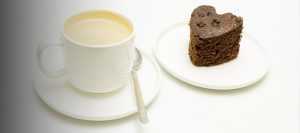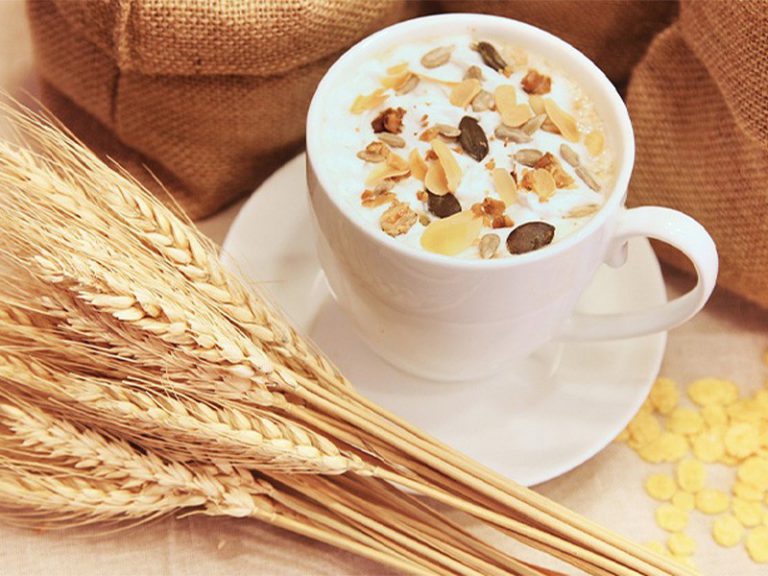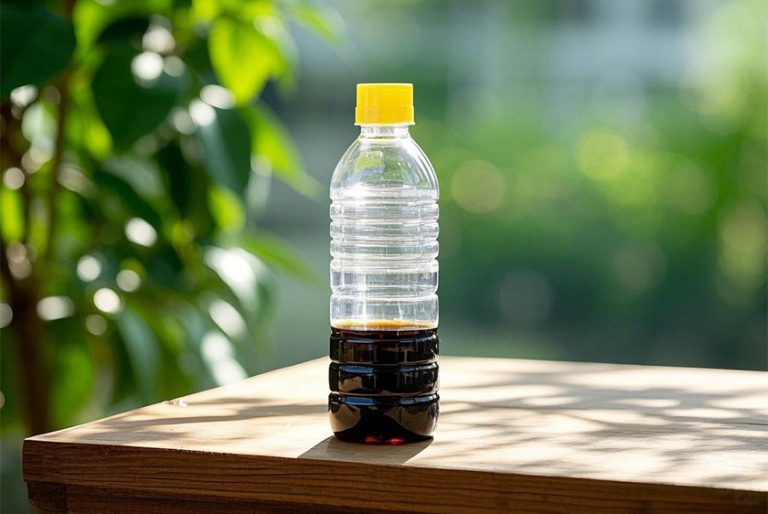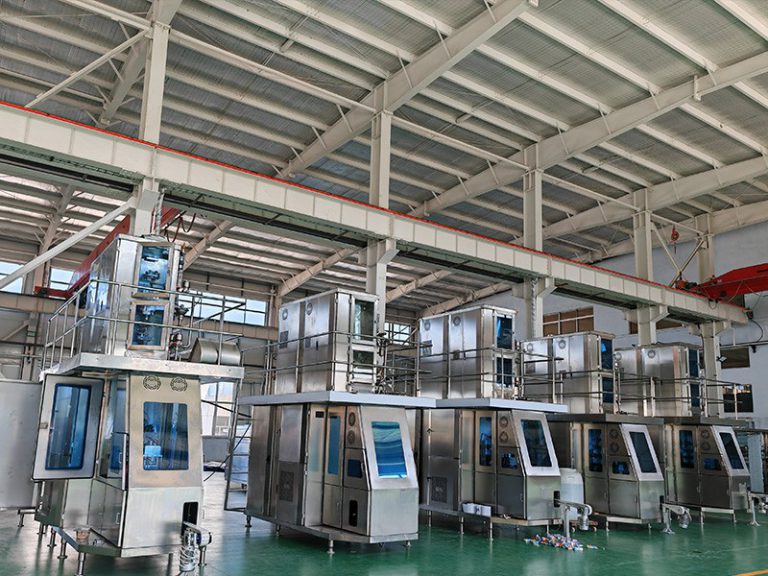
1. Lactic acid bacteria
– Source: Lactic acid bacteria are common beneficial bacteria in milk, mainly originating from the digestive tract and milk of cows.
– Impact: During the fermentation process, lactic acid bacteria can produce lactic acid, which helps improve the flavor of milk and extend its shelf life.
2. Yeast
– Source: Yeast may come from the skin of cows, air or packaging materials.
– Impact: Yeast can cause milk to ferment, producing off-flavors and bubbles, which affects the taste and stability of the product.
3. Molds
– Source: Molds may originate from the contamination of raw milk or the workshop environment.
– Impact: Molds can cause milk to deteriorate, generating a musty smell and mold spots, which affect the appearance and taste of the product.
4. Bacillus
– Source: Bacillus is widely present in the natural environment, including soil and air.
– Impact: The spores of Bacillus can withstand high temperatures and may cause milk to spoil.
5. Listeria monocytogenes
– Source: Listeria monocytogenes may come from the contamination of raw milk or the workshop environment.
– Impact: Listeria monocytogenes is a pathogenic bacterium that can survive at low temperatures and grow under refrigeration conditions. Infection may lead to severe neurological diseases and miscarriage in pregnant women.
6. Micrococcus
– Source: Micrococcus may come from the skin of dairy cows or the air.
– Impact: Micrococcus in milk may cause spoilage and affect the quality of the product.
7. Streptococcus
– Source: Streptococcus may come from the digestive tract or skin of cows.
– Impact: Streptococcus in milk may cause spoilage and affect the quality of the product.
8. Corynebacterium
– Source: Corynebacterium may come from the skin of cows or the air.
– Impact: Corynebacterium in milk may cause spoilage and affect the quality of the product.
9. Thermophilic Bacillus
– Source: Thermophilic Bacillus is widely present in the natural environment, including soil and air.
– Impact: The spores of Thermophilic Bacillus can withstand high temperatures and may cause milk to spoil.
10. Enterobacter sakazakii
– Source: Enterobacter sakazakii may originate from contamination of raw milk or the workshop environment.
– Impact: The pathogenic dose of Enterobacter sakazakii is extremely low, posing a high threat to infants, the elderly, or people with weakened immune systems.
The presence of these microorganisms may affect the quality and safety of milk, so it is necessary to strictly control microbial contamination during the production and packaging of milk.







